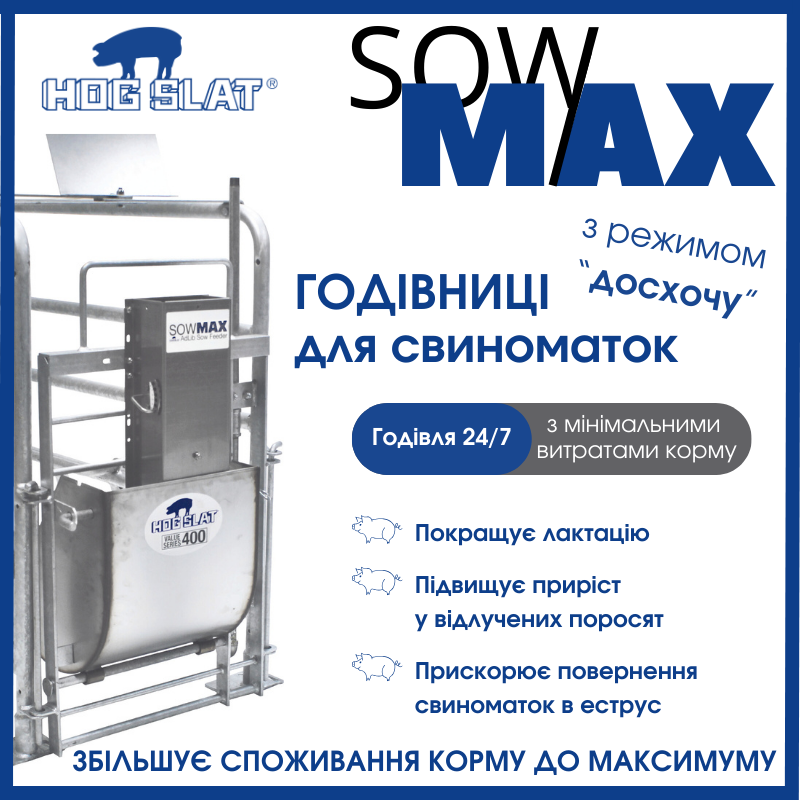In the case of farms, the opportunity now arises to transform manure into a biofertilizer, in line with the European Green Deal which, in its Farm to Fork Strategy, promotes the recovery of all kinds of nutrients, and especially nitrogen, phosphorus and carbon present in manure.
Spanish regulations encourage farmers to reduce nitrogen losses within the facilities, to empty the pits inside the buildings, and to cover the manure ponds. In order to complete the cycle, the application of this organic fertilizer to crops is required, guaranteeing maximum efficiency in the use of nitrogen, phosphorus and carbon.
Some companies have also decided to invest in the generation of biogas using a mixture of manure with other waste of biological origin as raw material. Biomethane and biofertilizers are produced from all this material. The biomethane can be used directly in the facilities themselves or used directly for the generation of electrical energy, and the biofertilizer can be applied in agriculture.
The meat industry has applied eco-design in its production processes with encouraging results. For example, some companies have significantly reduced the use of plastics in their packaging, have introduced small fractions of recyclable plastic or have developed packaging based on bioplastics from renewable sources that can end up being compostable and recyclable.
All this improvement in efficiency and in the circular economy is yet another demonstration of why the Spanish pork sector has reduced its GHG emissions by more than 40% in the last 15 years thanks to the improvement in manure management, and therefore, it only contributes with 2.43% to GHG emissions in Spain.
PigUA.info by materials euromeatnews.com



